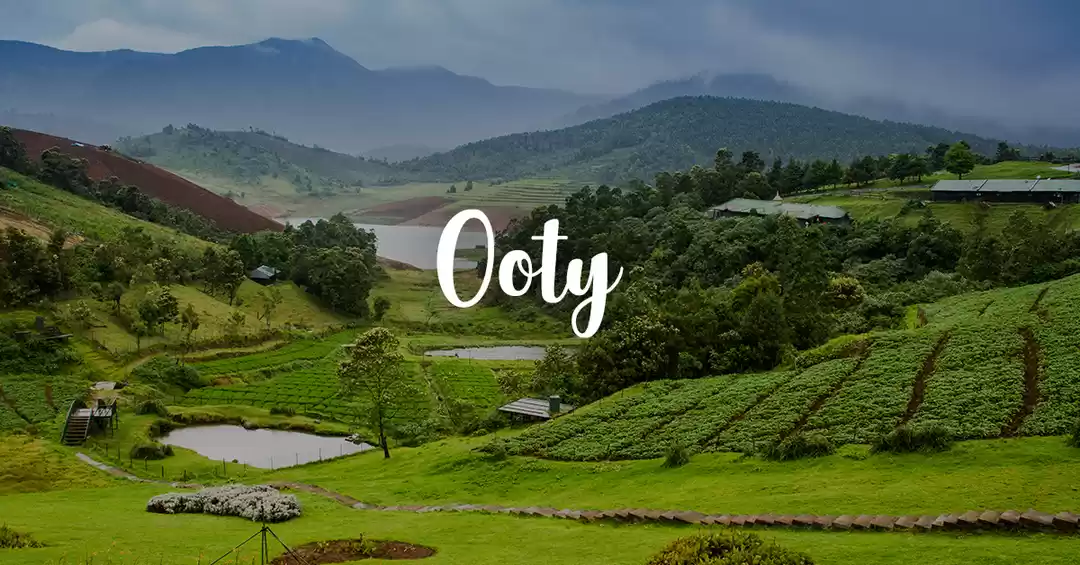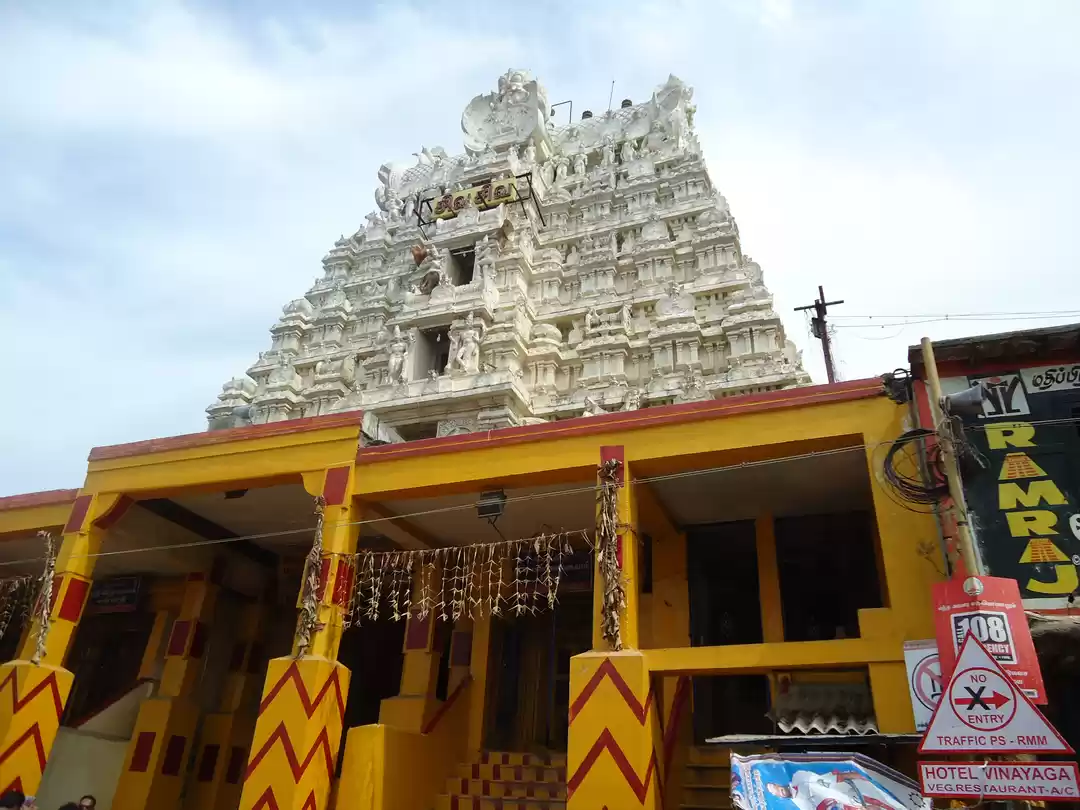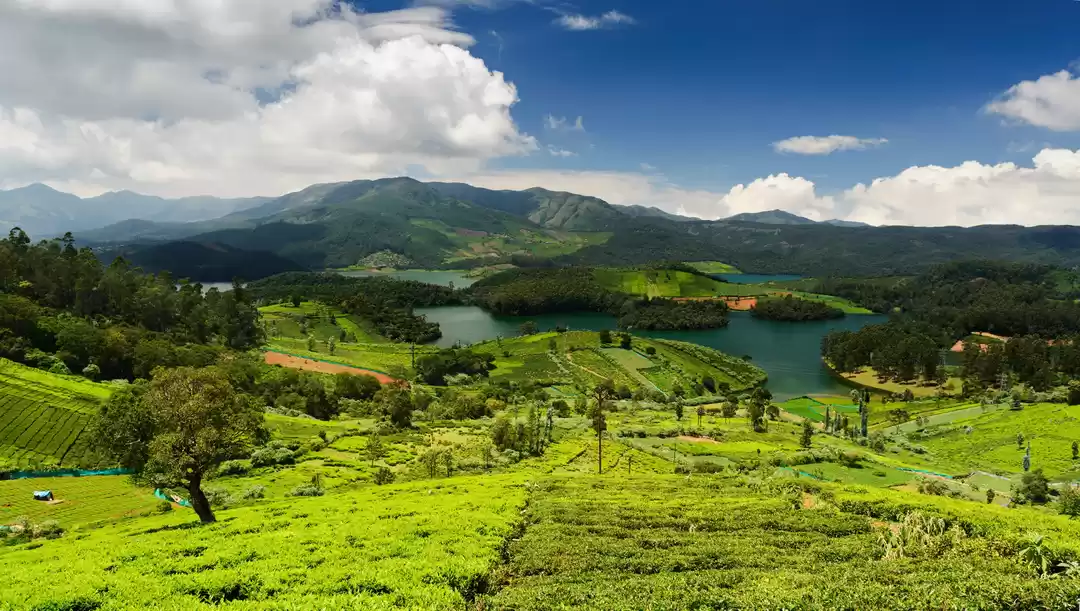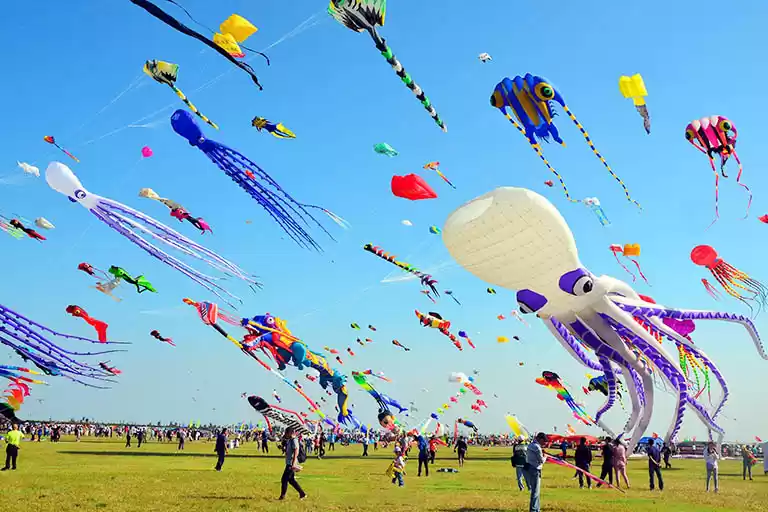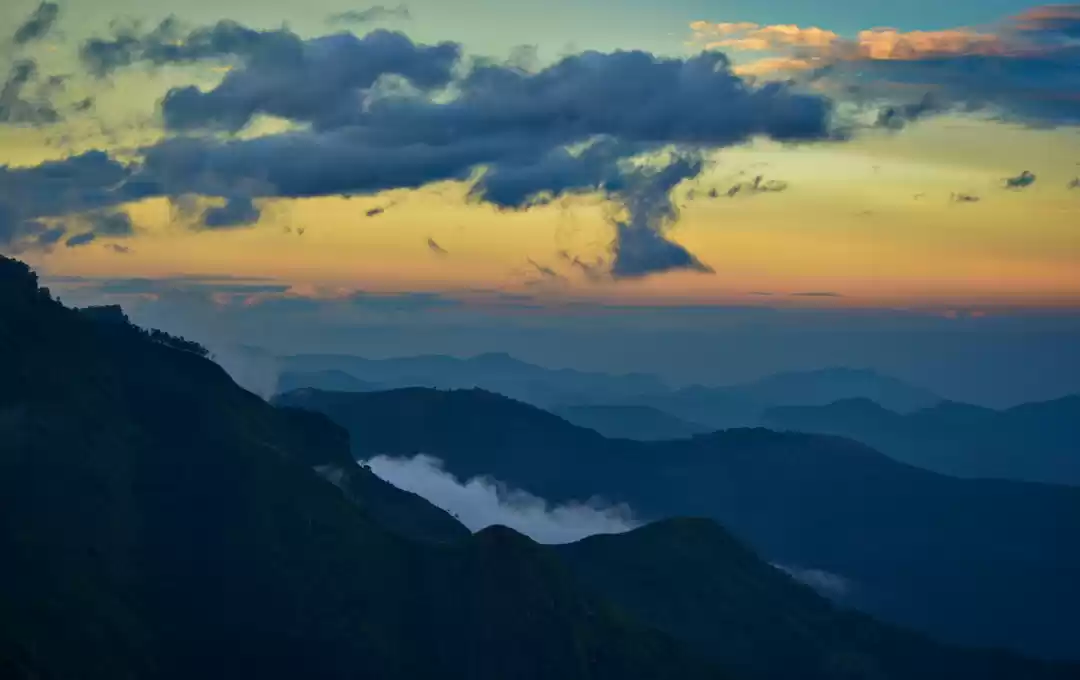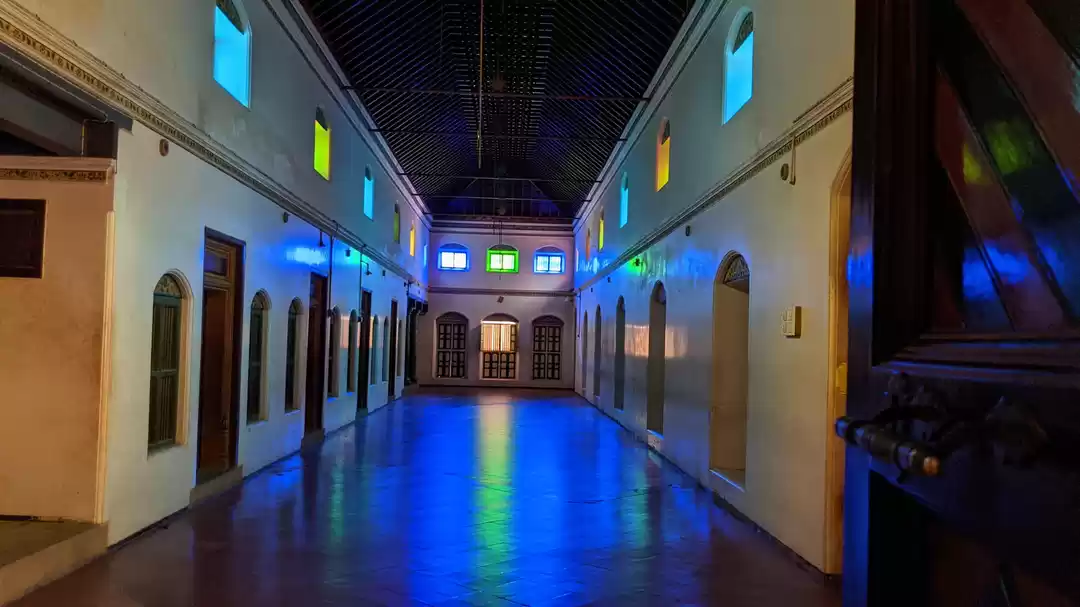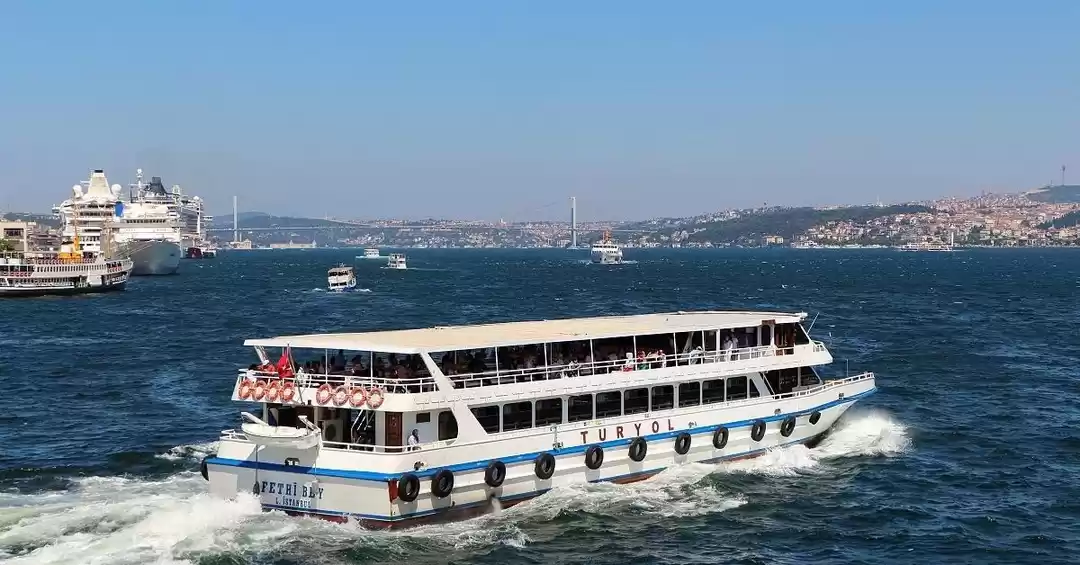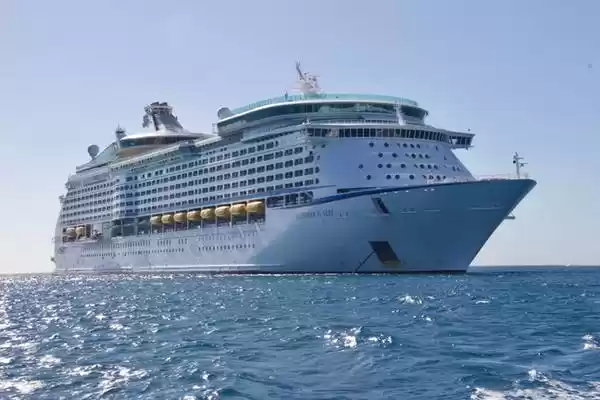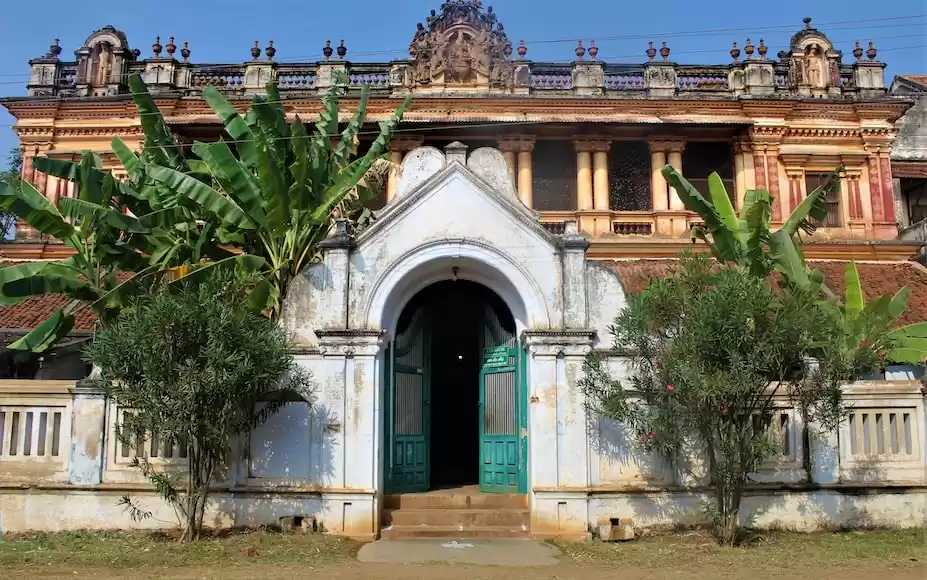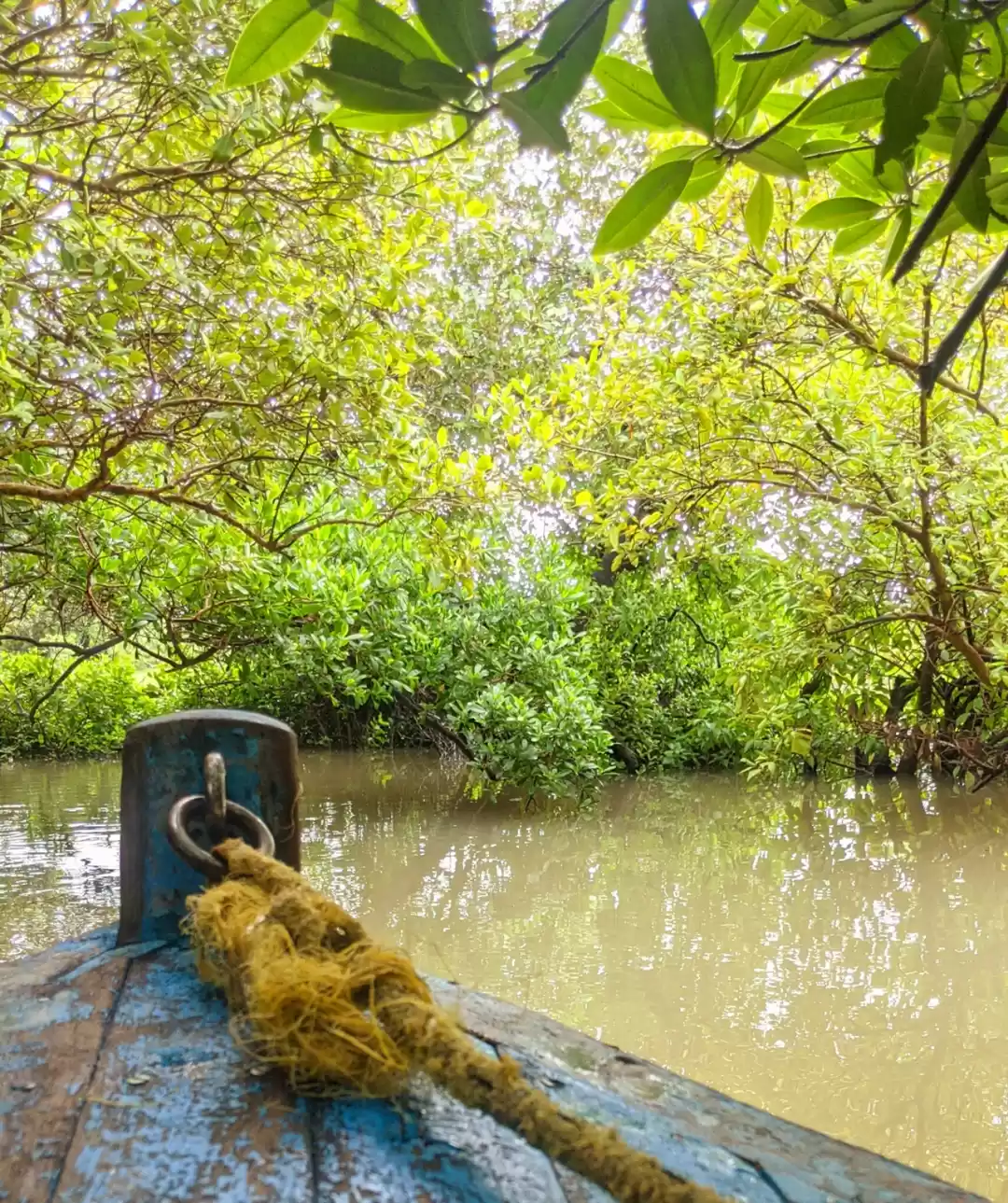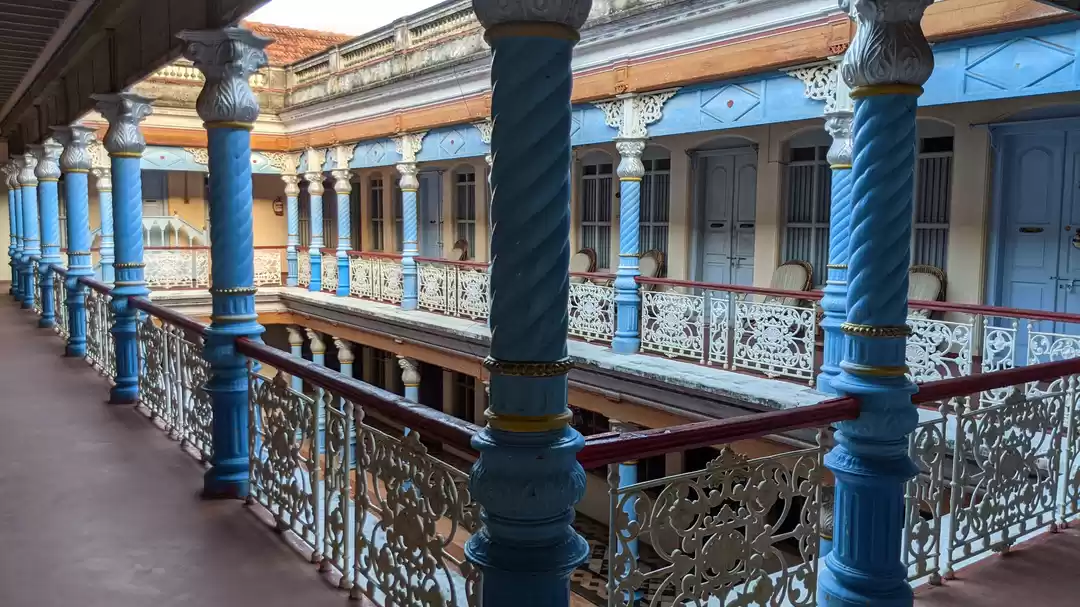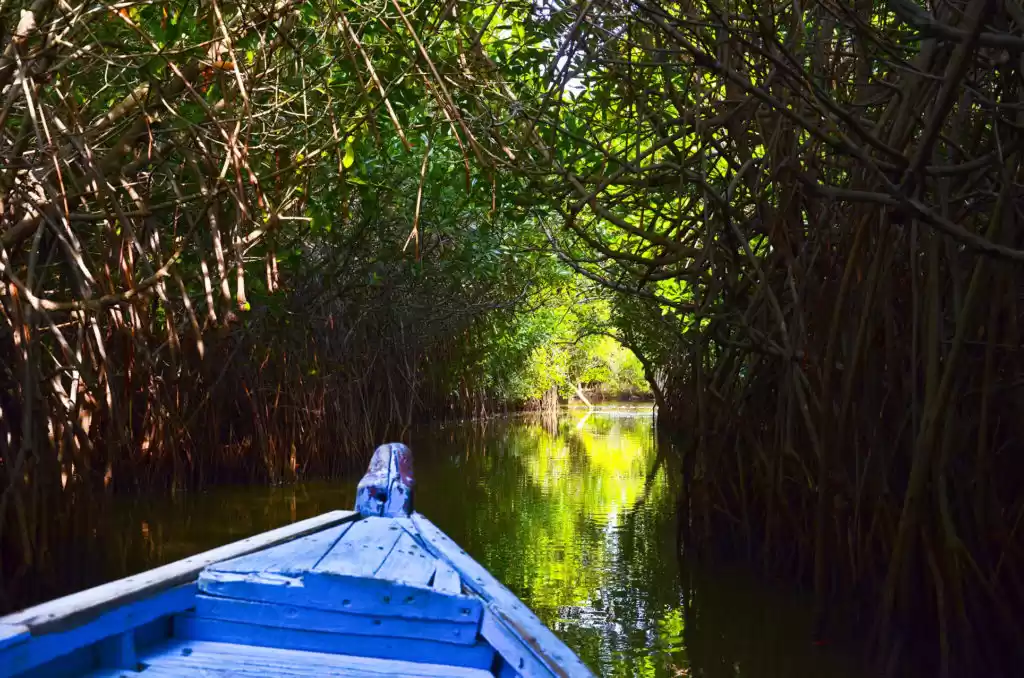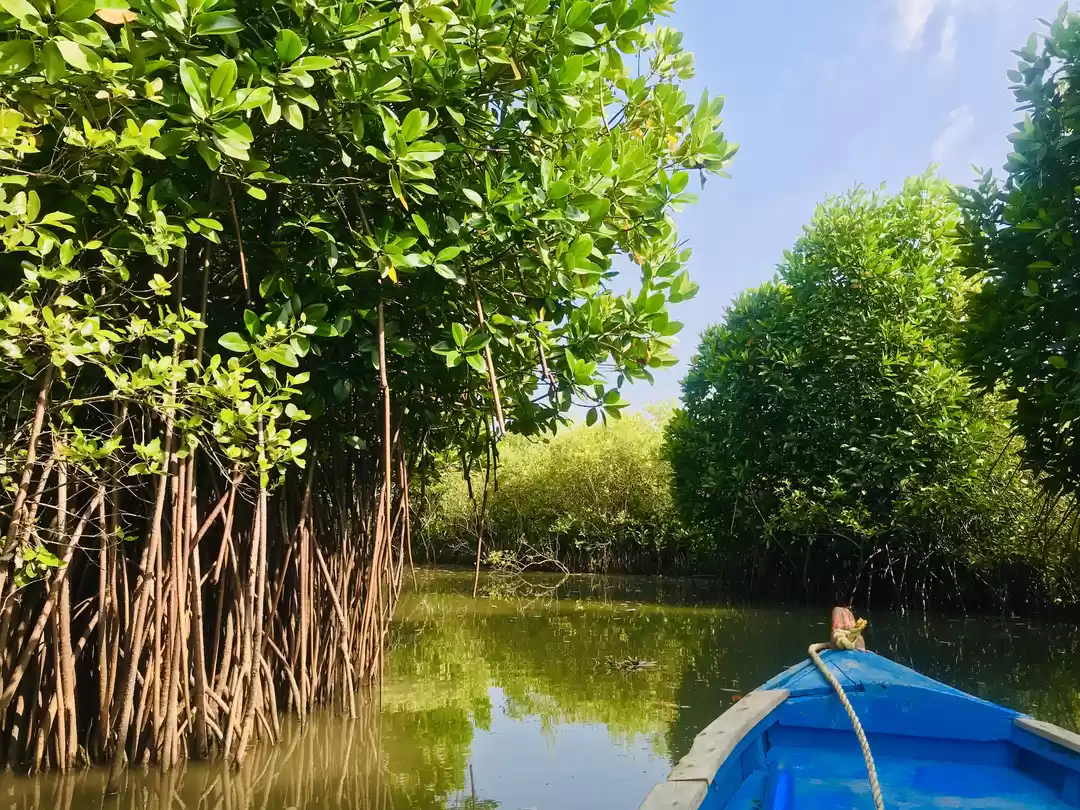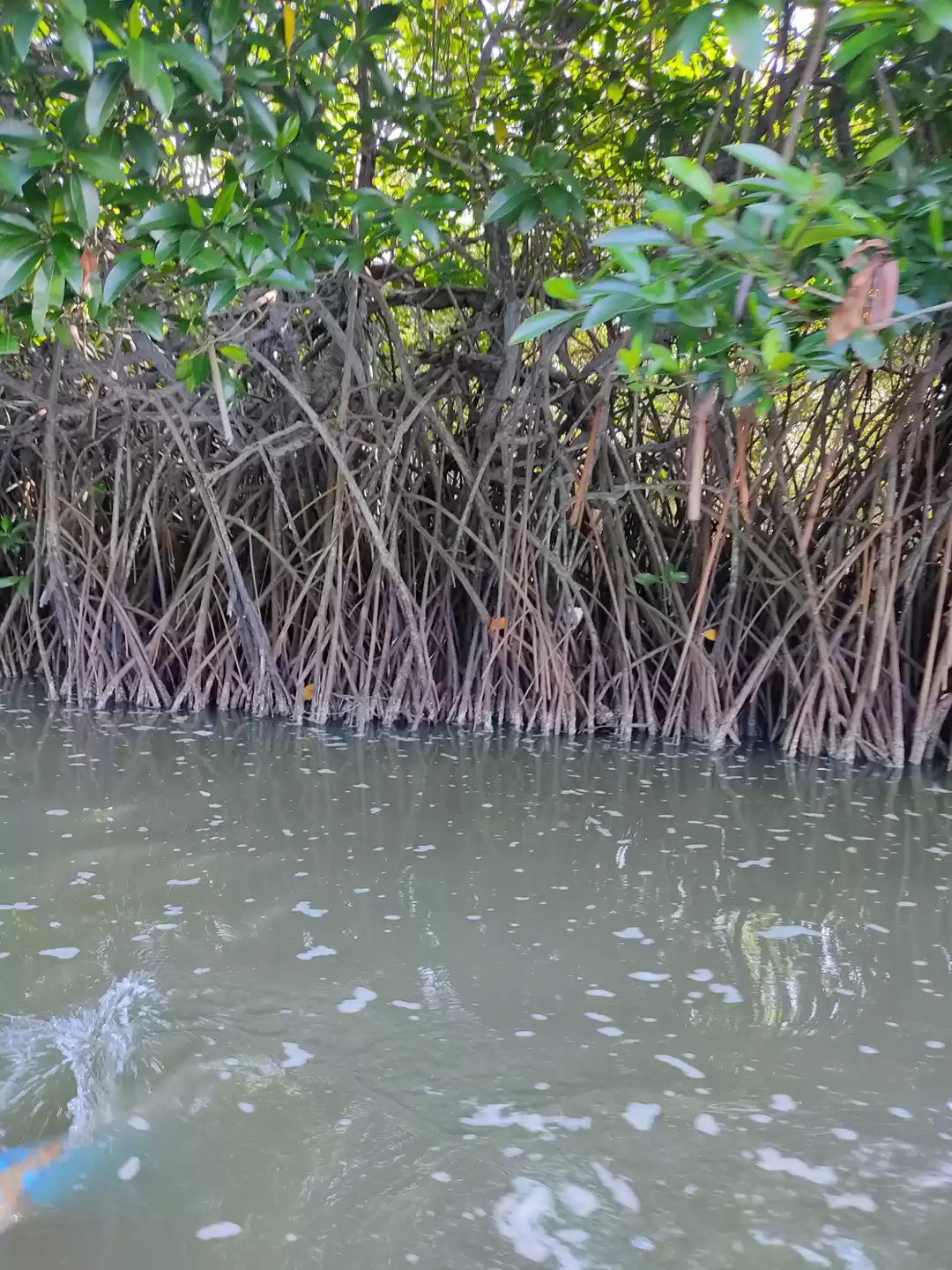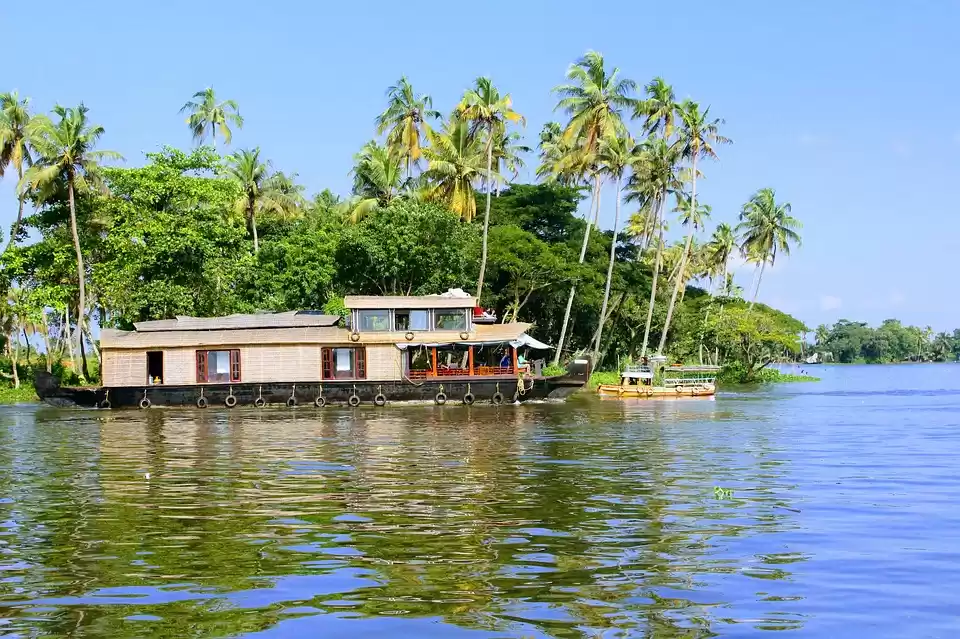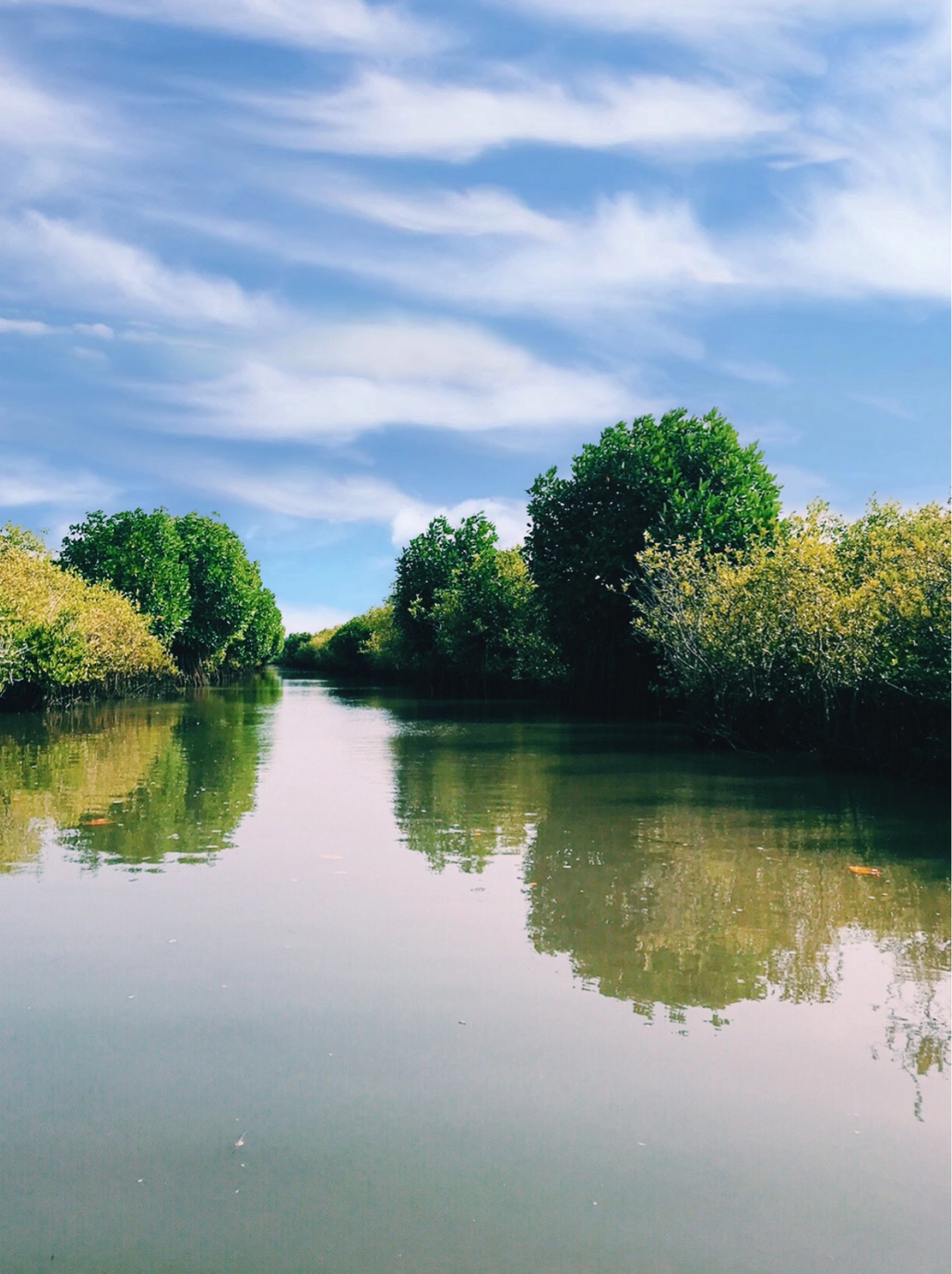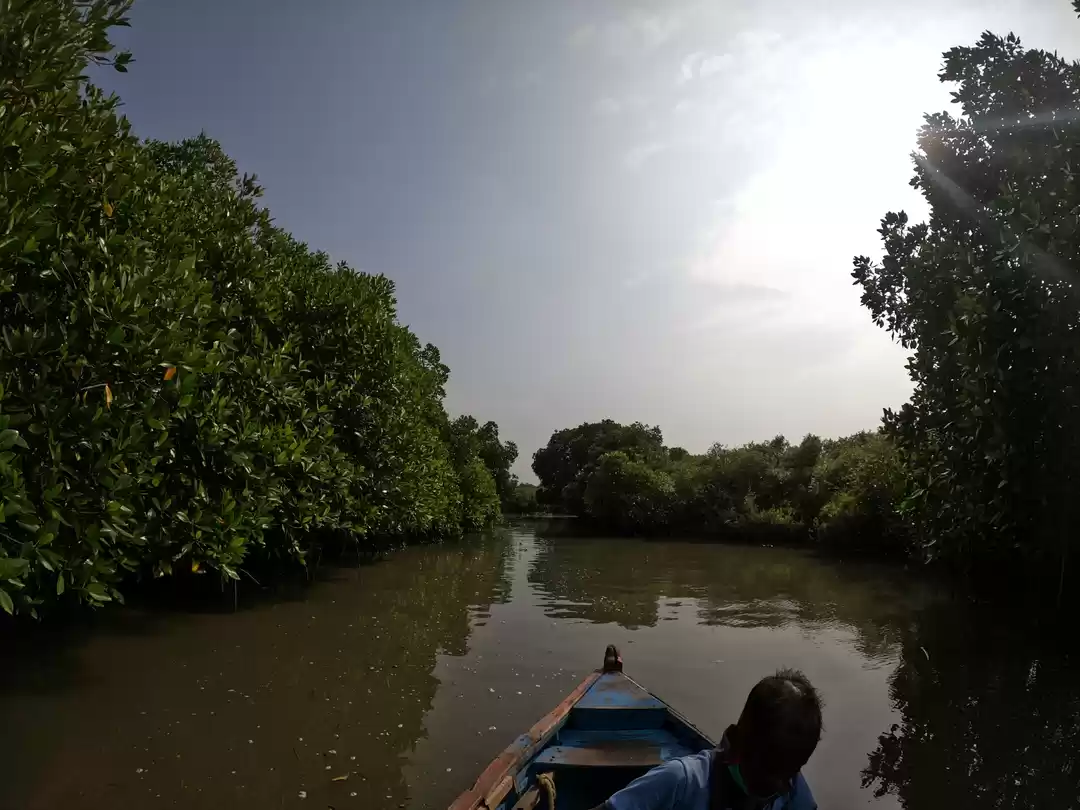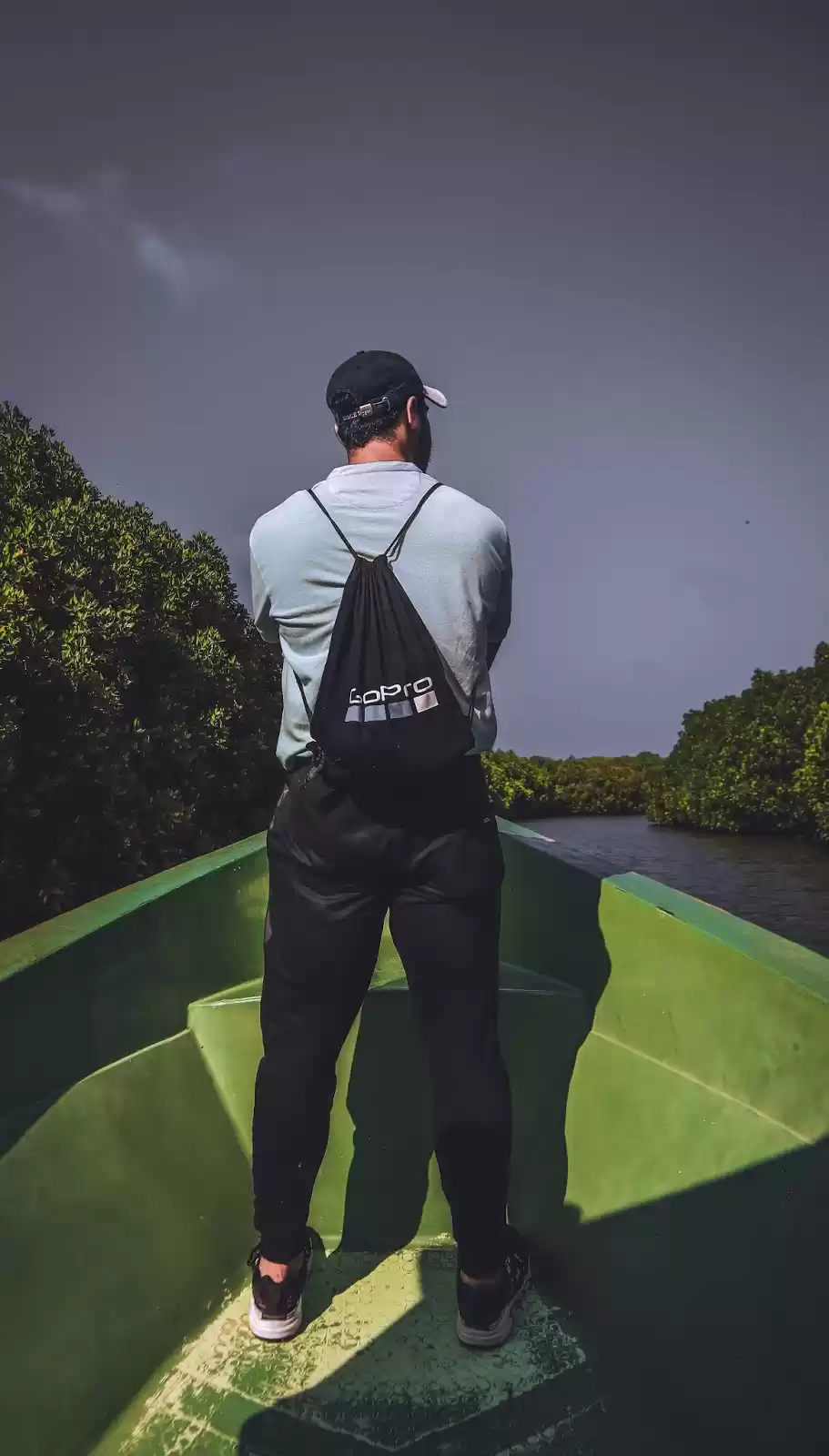World second largest forest mangrove, "PICHAVARAM ", is in Tamil Nadu. It is second largest after Sundarvan mangrove. Sundarvan is famous for Royal Bengal Tiger and this mangrove is famous for birds. It is sprawled over 1100 hectares of land. It is located in the Northern extreme of the Cauvery delta, near the mouth of River Coleroon. The untouched virgin beauty of this mangrove is far beyond imagination.

So, after arriving Pondichery on March 2019, our first travel destination was PICHAVARAM. So, we hired a cab from Pondy and started our journey early in the morning.
We started our journey at 8 a.m. On the way, we did our breakfast with dhosa, badda and garam chai. Before going to Pichavaram, we visited Thillia Natraj Temple, in Chidambaram which is one of the oldest Shiva temple of Tamil Nadu. It is said that the center point of earth's geomagnetic equator lies here.



After driving 2 hrs we reached the temple.The roads were well maintained and were in good condition. This temple is dedicated to Lord Shiva. The architectural views of the temple are astonishing. The temple has 9 entrances and four of these have towering pagodas or gopurams in the East, South, West and North. The nine gateways symbolize nine orifices of human body.



The deity worshiped in the temple is Nataraj, the Lord of Dance. There are also several smaller shrines in the temple complex. Many foreigners were meditating inside the temple and photography is strictly prohibited. It has big water bodies within it. I was beatitude because I got the opportunity to witness the place where the center point of earth's magnetic equator lies.





We spend almost 1.30 hrs inside the temple. Our next destination was Pichavaram. It took around 45mins to reach the place. There is a huge parking area. After parking, we headed towards the booking counter for boat ride. There were two types of boat. One was motor driven and the other one was small hand driven boat. We opted for hand driven boat because small boat can enter the narrow tunnel easily. After wearing the safety jacket for the boat ride, a curious sensation overwhelmed me.




T his mangrove is sandwiched between two prominent estuaries, the Vellar estuary in the north and Coleroon estuary in the south. The Vellar - Coleroon estuarine complex forms the Killai backwater and Pichavaram mangroves. Pichavaram mangrove ecosystem is present in the higher land of Vellar-Coleroon estuarine complex. The source of freshwater to this mangrove is from both the estuaries and Bay of Bengal. The whole of the mangrove comprises of enormous small and large islands. There are numerous canals traversing the mangroves. The depth of water is only 4'-5'.






The mangrove consists of species like Avicennia and Rhizophora and is enriched with avifauna. Till now approximately 177 species of birds has been spotted which includes pelicans, cormorants, egrets, spoonbills, spines and storks. This wet land mangrove is a perfect example of bio-diversity.





As our boat entered deep inside the canals, we spotted few birds. We watched a blue bird, poised on a brunch and fluttering its wings. The chirping of birds unleashed a remarkable series of vocal contortions.



So me local people were selling crab inside the canals. If you wish, you can buy from them.


The 2004 Indian Ocean tsunami, damaged different parts of Tamil Nadu. But the area of Pichavaram, covered in a dense mangrove forest, was relatively unharmed. It was one of the landmark events that brought attention to the fact that mangroves act as a bio-shield during natural disasters and aid in adaptation to climate change.




We spotted red crabs also. They were trying to scamper inside the shrubs.



Our boat man was a humble person. He took us to a small island and stopped our boat so that we can take photographs.


The boat ride in the backwater of the mangrove was truly a visual retreat. The backwater was amidst by lush green trees. All other colour of nature got dominated by the vibrant green colour of the forest. The place is totally isolated from the other parts of the state. There was no mobile network connectivity. For 2 hrs we got lost in the beauty of nature.



After having the boat ride, I felt pure contentment from inside. The luxuriant forest, chirping of birds, faunas, red crabs, and boat ride makes the atmosphere very alluring. This wet land is a motley collection of birds. This place in its every sense is a paradise for bird and nature lovers.
How to reach -
By Air: Pondicherry Airport is the nearest airport from Pichavaram at a distance of around 75 km.
By Rail: The nearest railway station from Pichavaram is Chidambaram
By Road: Pichavaram is well connected to nearby cities and towns by road. Road transport is very good in Cuddalore District. National highways NH45 , NH45A are running through Cuddalore.
TRAVEL TIPS :- 1) To avoid the scorching heat of summer, it is better to visit the place in winter. 2) Request the boat man to take in the interior parts of the mangrove. For this you will have to pay him. Do bargain with the boat man. 3) Carry water, biscuits and dry fruits along with you. 4) Don't forget to slather sunscreen while visiting the mangrove.











